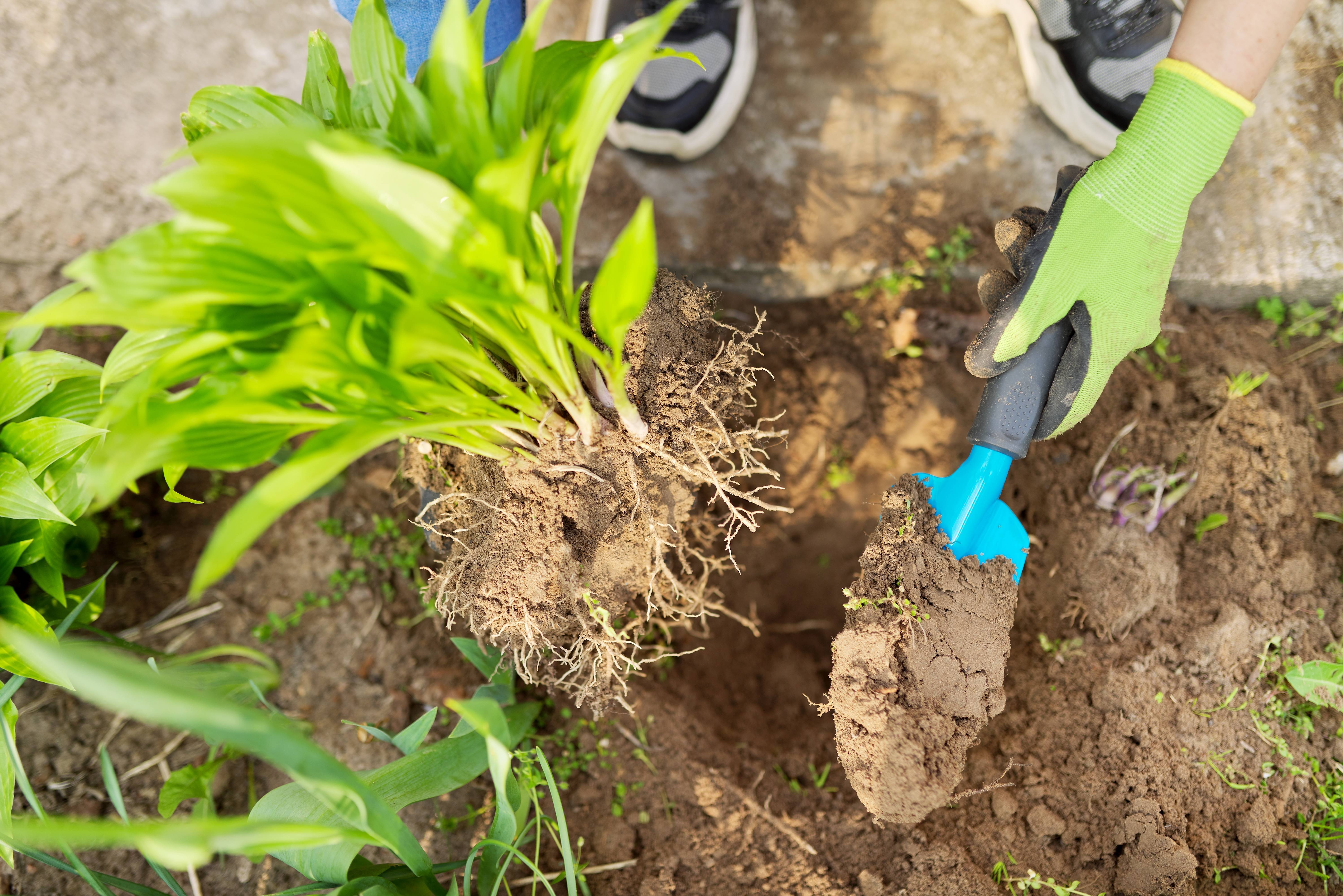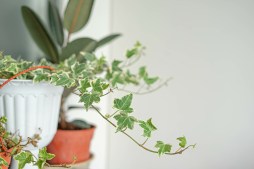What Causes Root Rot and How You Can Fix It Fast

Root rot is a common and serious problem that affects many plants, often caused by overwatering or poor drainage. Recognizing the signs early can save your plant from permanent damage. In this article, we’ll explore the causes of root rot, how to identify it quickly, and practical steps you can take to fix it fast.
Understanding Root Rot: What Causes It?
Root rot typically occurs when plant roots sit in soggy soil for too long, depriving them of oxygen and allowing harmful fungi or bacteria to thrive. Overwatering is the primary culprit, but inadequate drainage or using contaminated soil can also contribute. These conditions create a perfect environment for pathogens like Pythium, Phytophthora, and Fusarium species that attack the roots.
Key Signs of Root Rot to Watch For
Early detection is crucial. Common signs include yellowing or wilting leaves despite moist soil, stunted growth, and a foul smell coming from the soil. If you gently remove your plant from its pot and notice dark brown or black roots that are mushy instead of firm and white, these are clear indicators of root rot.
Immediate Actions to Take When You Spot Root Rot
As soon as you suspect root rot, remove your plant from its pot carefully. Rinse off the soil around the roots under running water to get a closer look at their condition. Using sterilized scissors or pruning shears, trim away all affected sections of root tissue. Dispose of this material properly to prevent spreading infection.
How to Treat Your Plant After Removing Affected Roots
After trimming damaged roots, repot your plant in fresh potting mix with excellent drainage properties. Avoid using heavy garden soil which retains too much moisture. Consider adding perlite or sand to improve aeration in the new medium. Water sparingly at first—only when the top inch of soil feels dry—to help encourage healthy new root growth.
Preventive Measures for Healthy Roots Going Forward
To avoid future cases of root rot: ensure your pots have adequate drainage holes; use well-draining potting mixes; avoid overwatering by checking moisture levels regularly; and keep an eye out for pests that could stress your plants making them more susceptible to disease. Regularly inspecting your plants will help you catch any issues early on.
By understanding what causes root rot and learning how to spot its signs quickly, you can act fast to save your plants from serious harm. With proper care techniques like improving drainage and careful watering habits after treatment, most plants can recover fully from mild cases of root rot.
This text was generated using a large language model, and select text has been reviewed and moderated for purposes such as readability.


